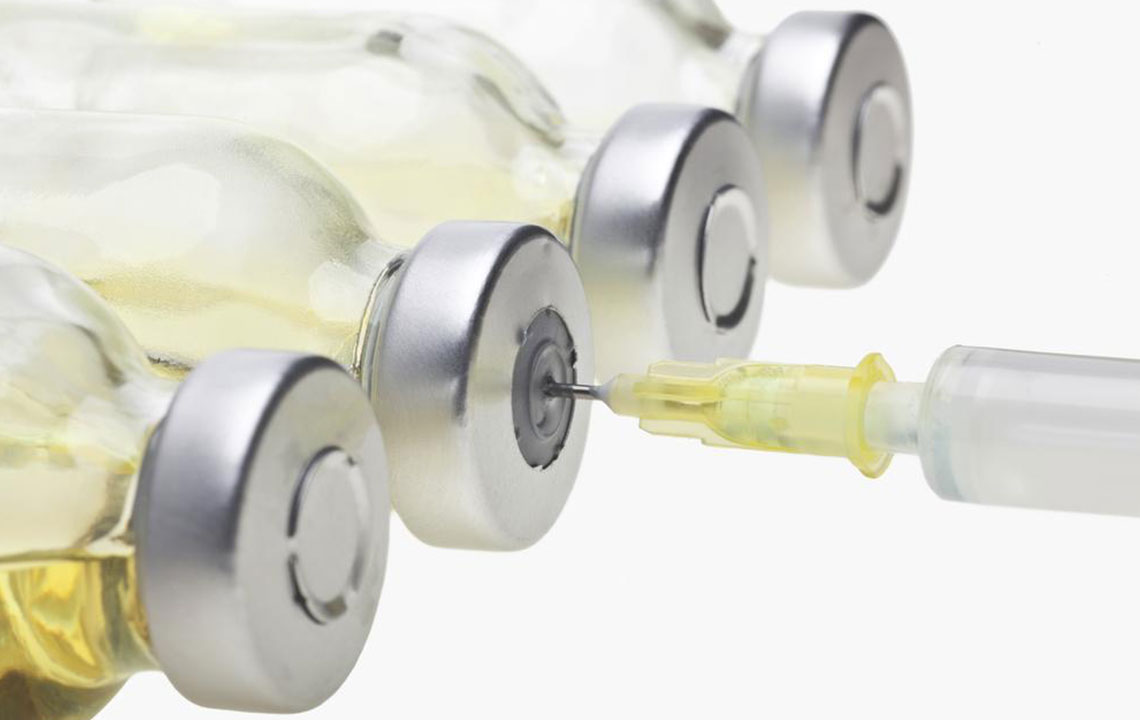Comprehensive Overview of Urinary Incontinence: Types, Causes, and Treatments
Urinary incontinence encompasses various types, including stress, urgency, mixed, transient, overflow, and gross total incontinence. Each type has unique causes and treatment options, making early diagnosis essential. Understanding these categories helps patients seek appropriate medical intervention, improving quality of life. This comprehensive guide explores the differences, causes, and management strategies for urinary incontinence, aiming to educate and empower individuals affected by this condition.

Comprehensive Overview of Urinary Incontinence: Types, Causes, and Treatments
Urinary incontinence is a common condition characterized by the involuntary leakage of urine due to uncontrolled bladder muscle activity. While it is not a disease in itself, it often indicates an underlying health issue that requires attention. Many individuals experience this condition at some point in their lives, especially as they age or due to other health factors. Understanding the different categories of urinary incontinence can help in seeking appropriate treatment and improving quality of life.
Understanding the Categories of Urinary Incontinence
Urinary incontinence manifests in various forms, each with distinct causes, symptoms, and treatment strategies. Recognizing the specific type is crucial for effective management. Below is a comprehensive discussion of each category, including their unique features and underlying mechanisms.
Stress Incontinence: This is one of the most prevalent types of urinary incontinence, especially among women. It occurs when there is increased pressure on the bladder, such as during coughing, sneezing, laughing, physical exertion, or lifting heavy objects. The weakened pelvic floor muscles and supportive tissues, often due to childbirth, pregnancy, aging, or menopause, contribute significantly to this condition. In women, decreased estrogen levels can lead to a reduction in pelvic muscle tone, making them more susceptible. Men may experience stress incontinence following prostate surgery or radiation therapy. The primary mechanism involves failure of the sphincter muscles to maintain closure during increased intra-abdominal pressure, leading to urine leakage.
Urgency Incontinence: Also known as overactive bladder (OAB), this type is characterized by a sudden, compelling urge to urinate that is difficult to control. It often results from abnormal nerve signals causing involuntary bladder contractions. Neurological conditions such as stroke, Parkinson's disease, multiple sclerosis, or spinal cord injuries are common culprits. This form often leads to frequent urination and nocturia (waking at night to urinate). Patients may experience leakage even with minimal bladder filling, making it highly disruptive to daily life.
Mixed Incontinence: This condition involves symptoms of both stress and urgency incontinence simultaneously. Patients may notice leakage during physical activities and sudden urges to urinate. Mixed incontinence is common among older adults, who may have multiple contributing factors affecting bladder control. Proper diagnosis is essential to tailor an effective treatment plan that addresses both aspects.
Transient Incontinence: This is a temporary form of incontinence that results from reversible factors such as medication side effects, urinary tract infections, or other medical conditions. Common causes include diuretic use, infections, excessive caffeine or alcohol consumption, and certain medications for hypertension. Once the underlying issue is resolved, the symptoms often improve or resolve completely.
Overflow Incontinence: It occurs when the bladder cannot empty fully, leading to residue accumulation and subsequent leakage. Common causes include nerve damage, urinary stones, tumors, or weakened bladder muscles. Typically more prevalent in men, especially those with prostate enlargement or surgery history. The sensation of bladder fullness may be minimal, but urine continually leaks out when pressure builds up beyond a certain point.
Gross Total Incontinence: In this severe form, the bladder is unable to retain urine at all, resulting in continuous leakage. It often arises from nerve injuries, spinal cord damage, or previous urinary tract surgeries. Patients may have no control over urination, leading to constant wetness and significant hygiene challenges. Immediate medical evaluation and intervention are crucial for managing this condition effectively.
Early diagnosis and tailored treatment strategies are vital for managing all types of urinary incontinence. Depending on the category, treatments may include behavioral therapies, medications, pelvic floor exercises, or surgical interventions. Seeking medical advice at the earliest signs can prevent complications and dramatically improve the patient's quality of life.





